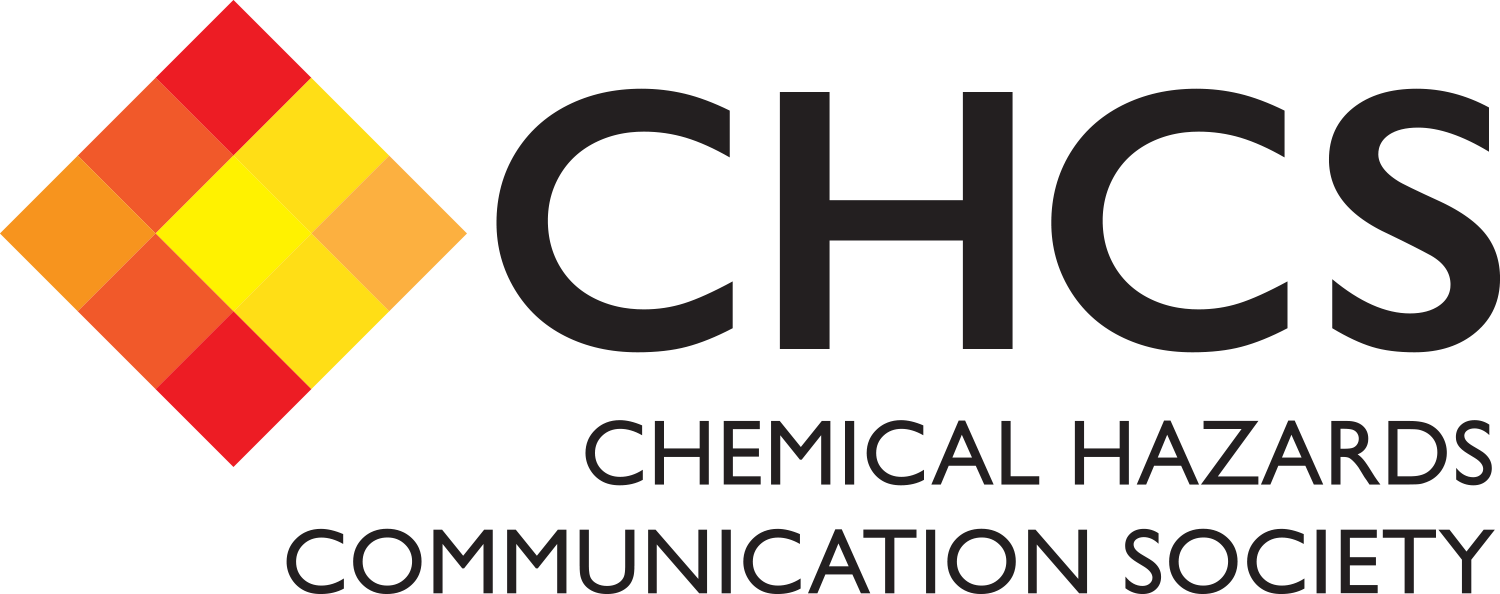Introduction To The Transport Of
|
| CHCS Members can read a detailed overview of the "Model Regulations" and the "UK Requirements". |
Additional requirements specific to the mode of transport are incorporated within the modal regulations, which are updated every two years (road, rail, sea and inland waterways) to reflect the work of the dangerous goods committees. The IATA (air) regulations are updated annually.
Carriage By Road
The Agreement concerning the International Carriage of Dangerous Goods by Road (ADR).
ADR includes specific vehicle and tank requirements and other road specific operational requirements, such as driver training.
The Carriage of Dangerous Goods and Use of Transportable Pressure Equipment Regulations 2009 (as amended) apply ADR in Great Britain - England, Wales and Scotland.
Carriage By Rail
Appendix C of the Convention Covering International Carriage by Rail: International Carriage of Dangerous Goods by Rail. (RID)
The Carriage of Dangerous Goods and Use of Transportable Pressure Equipment Regulations 2009 (as amended) apply in Great Britain.
Transport By Inland Waterway
In the European Union, the International Carriage of Dangerous Goods by Inland Navigation (ADN).
ADN only applies in the UK in relation to training and examination for dangerous goods safety advisers. It is not applicable to the carriage of dangerous goods by inland waterways within the UK, due to the UK island status i.e. no connection to European inland waterways.
Transport By Sea
The International Maritime Dangerous Goods (IMDG) code.
IMDG incorporates specific requirements for marine transport, including identification of dangerous goods that are classified as marine pollutants, and loading of cargo transport units.
In the UK, the Merchant Shipping (Dangerous Goods and Marine Pollutant) Regulations 1997 and the Dangerous Substances in Harbour Areas Regulations 1987 also apply.
Transport By Air
The International Civil Aviation Organization’s (ICAO) Technical Instructions are an internationally agreed set of provisions governing the requirements for transporting dangerous goods by air.
The International Air Transport Association (IATA) publishes the Dangerous Goods Regulations in accordance with the ICAO technical instructions.
IATA provisions specific to air transportation of dangerous goods includes State (Country) and Operator (airline) variations and distinguishes between passenger and cargo aircraft in defining quantities that may be transported.
Page reviewed: December 2020
Document Ref: leg-38
| |
CHCS Training |
CHCS offers Modular Training Courses on the writing of Safety Data Sheets (SDSs), and related issues such as classification, labelling and other documentation. For more information see CHCS Training. In particular we offer the following two courses related to the transport of dangerous goods:
- Module 8: Classification For Transport
Using ADR, this 1-day course provides an introduction to the classification and identification of dangerous goods for transport.
- Module 10: Marks, Labels and Documentation for Transport
Following on from Module 8, this 1-day course shows how this information is used to communicate the hazards associated with the carriage of dangerous goods to those involved in the transport chain and emergency response.
If you have any queries about our training, please Contact CHCS.
CHCS Legislation Pages
- UK Legislation Overview
- UK Law Making - Statutory Instruments
- Brexit
> Northern Ireland Protocol
> UK (GB)-REACH
- New GB REACH Registration
> GB-CLP
- GB-Substance Notification
- GB-PCN
- PCN: GB / EU
- GB-MCL
> GB-BPR
> GB-Cosmetics
> GB-Detergents
> GB-PIC
- European
> EU Law Making Process
> EU-REACH
> EU-CLP
- New CLP Hazard Classes
- EU-PCN
- EU-PCN: Transitional
- EU-PCN: Duty Holders
>Tracking Substances, EU-REACH & CLP
> EU-BPR
> EU-PPP
> EU-Cosmetics
> EU-Detergents
> EU-PIC
> Seveso Directive
> Environment
- EU Circular Economy
- EU Waste
- Workplace Legislation
> OSH Framework Directive
> Chemical Agents at Work
> Carcinogens and Mutagens
> GB-EH40
> EU-Workplace Exposure Limits
- Transport
> Model Regulations
> Modal Regulations
> UK Requirements
- International
> GHS Pictograms
> Webinar: China
> Webinar: South Korea
> Webinar: Taiwan
The information contained in this website is intended to be correct at the time of publication. However, it is provided in good faith. We make no representations or warranties of any kind, express or implied, about the completeness, accuracy, reliability, suitability or availability of the information provided. Any reliance you place on the information published is strictly at your own risk.

